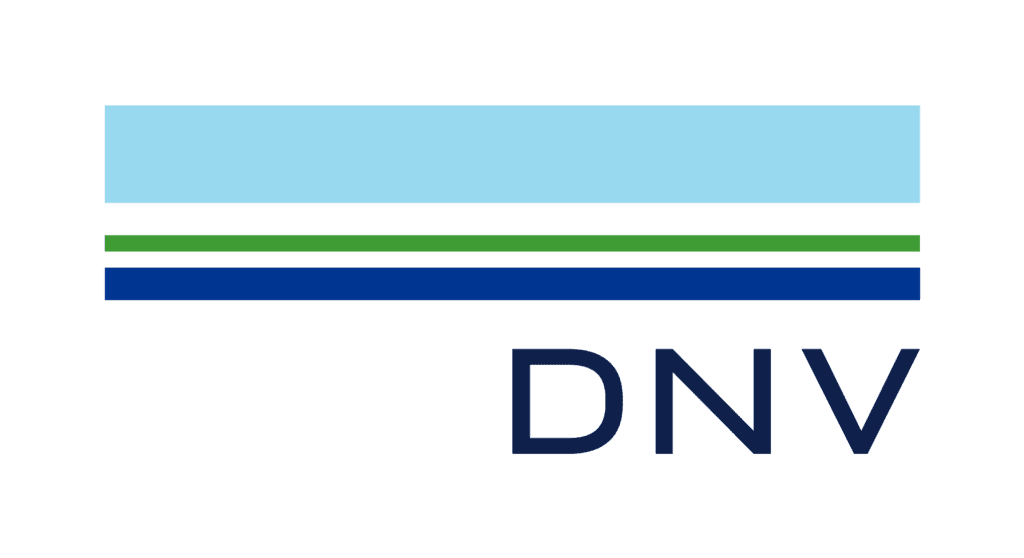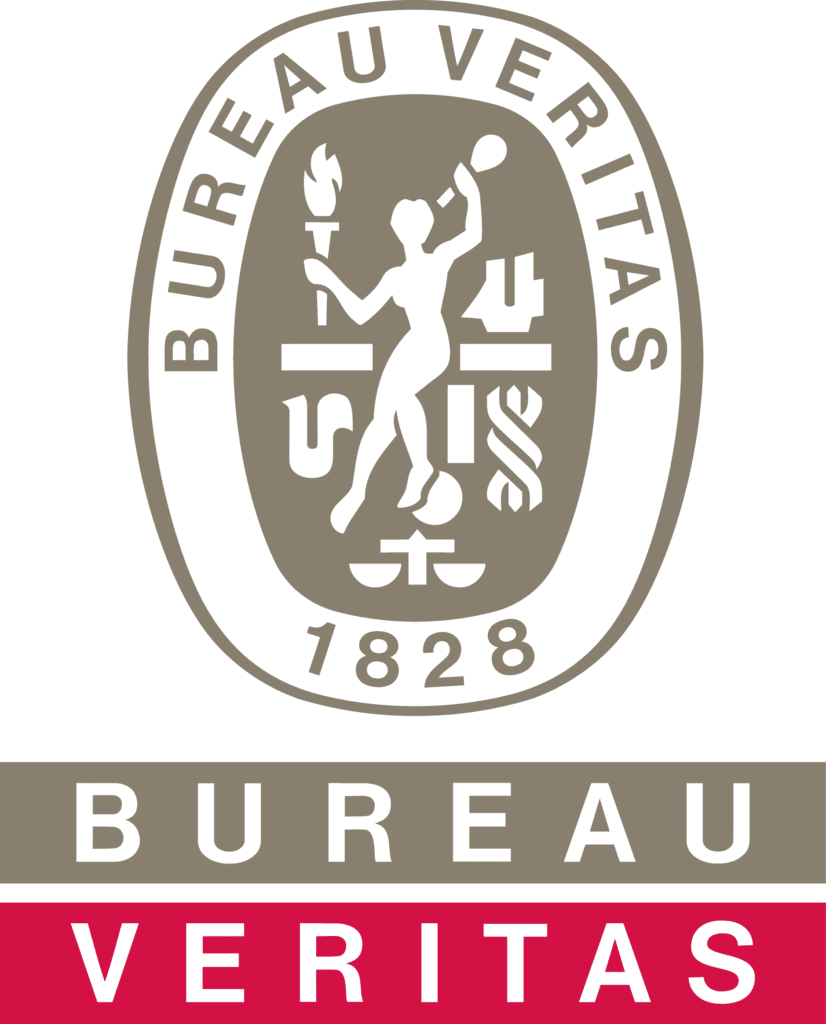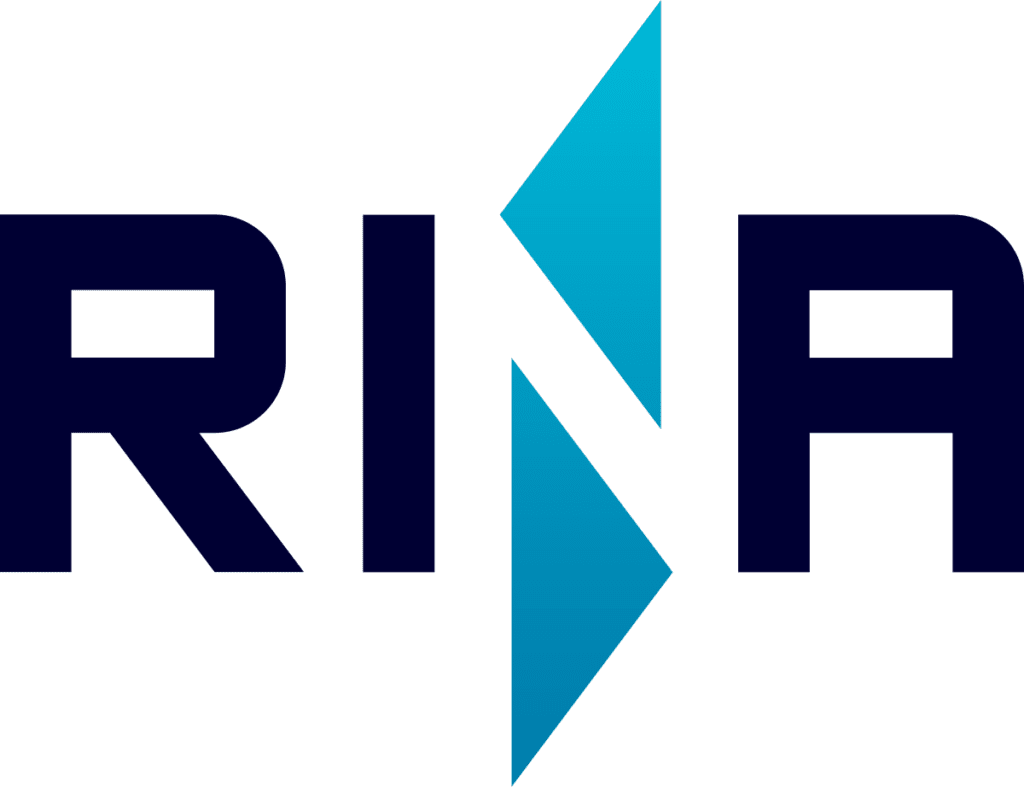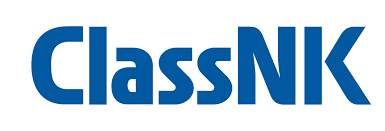Stack Emission Testing per ISO-8178
Are you confident that your propulsion configuration meets its performance standards? Does your change in bunker strategy require a precise data-driven impact analysis? Do you want to verify the GHG emission reduction potential of switching to biofuels or fuel additives? Or are you looking to ensure accurate Specific Fuel Oil Consumption (SFOC) and GHG emissions at different engine loads?
Many ships carry a CEMS (Continuous Emissions Monitoring System) that measures gas contents from the stack. This may need calibration to validate its measurements.
We measure emissions from your vessel’s engine for greenhouse gases (GHG) and pollutants emitted from the exhaust. This service includes proper and detailed preparation, to generate verifiable insights by comparing a actual measurements on the test to a like-for-like measured baseline. Tests are performed per ISO-8178 protocols; do not accept anything less.
Our certified equipment and test protocol can measure parameters such as O2 (Oxygen), CO (Carbon monoxide), CO2 (Carbon Dioxide), NO (Nitric Oxide), Nitrous Oxide (N2O), Nitrogen Dioxide (NO2), Sulfur Dioxide (SO2), CH4 (methane) and PM (particulate matter).
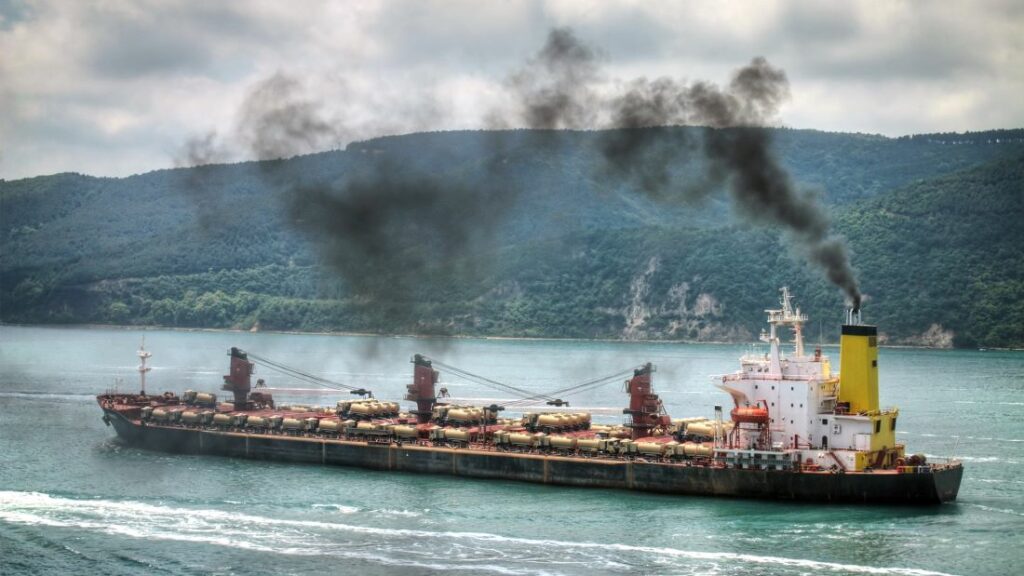
We check your stack for:
- Oxygen - O2
- Carbon monoxide - CO
- Carbon dioxide – CO2
- Nitric oxide – NO
- Nitrous oxide – N2O
- Nitrogen dioxide – NO2
- Sulfur dioxide - SO2
Choose Control Union for your Stack-Check
ISO-8178 Certified Tests
Reliable decision-making with precise stack emission measurements.
From setting the baseline to delivering the impact report, our tests are thorough and accurate. You should not settle for anything less.
Proof to Your Promise
Dependable support system.
Standardized service coordinated across our global network of in-house, certified stack emission testing hubs.
Unmatched Flexibility
Cost-efficient and flexible testing.
We know shipping inside out. We perform the tests for minimal impact on your operations and vessel´s schedule.
Global Coverage
Standardized solution accross our global network of hubs.
The same ISO-8178 certified solution accross any Control Unions service locations.
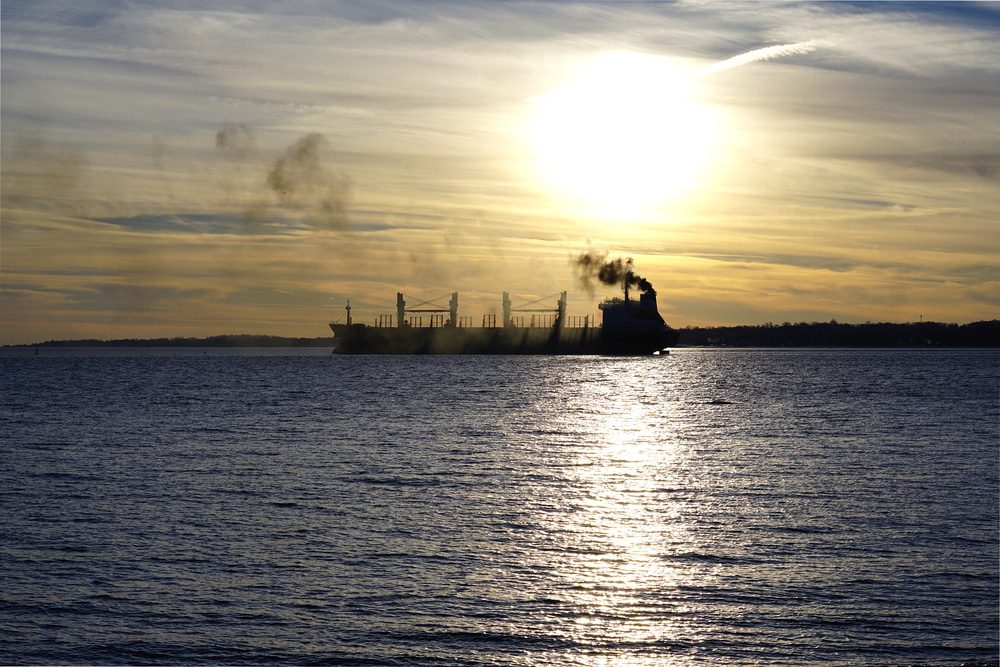
Why do you need Stack Emission Measurements?
Engine reconfigurations and fuel experiments are too costly for estimates. You need real data-driven, scientifically sound, precise measurements to base your decisions on.
Do you have questions whether Stack Emission Measurements with our quality standards are required for your vessel?
The ISO-8178 certification protocol sets requirements for detailed baselining and ensures that measurements under different circumstances on different days still are comparable. This we call: like-for-like testing. Our tests yield real, verified results to give solid, practical insights.
Get Stack Emissions tested now
That’s simple: secure your Stack Emission Measurements per ISO-8178 now by simply sending us an e-mail, whatsapp, or calling our team. Our qualified pool of in-house inspectors can board your good vessel in one of the main shipping seaports around the globe. Even when you’re in a hurry, we can help you.
VPC, trusted all over the world
We are Control Union Vessel Performance Centre B.V. (VPC). We are part of Royal Peterson and Control Union. Our VPC offers vessel compliance and performance solutions to shipping. We deliver our services globally under a single quality system, through our network of Control Union offices. Our central team of experts is your single point of contact for our global services.
Control Union has a large pool of qualified inspectors. Our team measures the source emissions from your vessel’s engine, capturing greenhouse gases (GHG) and pollutants emitted from the exhaust. Our certified equipment and test protocol can measure parameters such as O2 (Oxygen), CO (Carbon monoxide), CO2 (Carbon Dioxide), NO (Nitric Oxide), Nitous Oxide (N2O), Nitrogen Dioxide (NO2), Sulfur Dioxide (SO2), CH4 (methane), and PM (particulate matter).
More about VPC or Peterson and Control Union?




